-
 bitcoin
bitcoin $112195.049338 USD
2.42% -
 ethereum
ethereum $4124.915858 USD
2.81% -
 tether
tether $1.000570 USD
0.02% -
 xrp
xrp $2.861568 USD
2.25% -
 bnb
bnb $1000.346670 USD
3.04% -
 solana
solana $209.070819 USD
3.38% -
 usd-coin
usd-coin $0.999870 USD
0.02% -
 dogecoin
dogecoin $0.235379 USD
2.65% -
 tron
tron $0.335681 USD
-0.20% -
 cardano
cardano $0.803501 USD
3.38% -
 hyperliquid
hyperliquid $47.120881 USD
3.56% -
 chainlink
chainlink $21.501300 USD
3.44% -
 ethena-usde
ethena-usde $1.000571 USD
0.02% -
 avalanche
avalanche $29.793378 USD
3.62% -
 stellar
stellar $0.366964 USD
2.42%
What is the difference between Proof of Work and Proof of Stake?
Proof of Stake reduces energy use and lowers entry barriers, promoting sustainability and broader participation compared to resource-heavy Proof of Work.
Sep 03, 2025 at 12:18 am
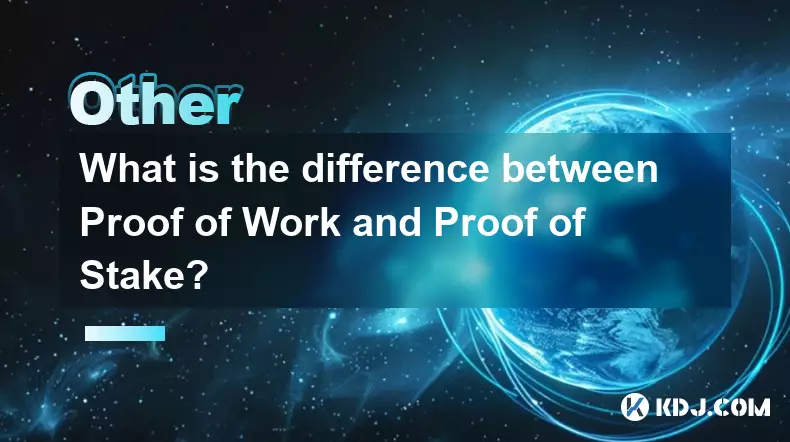
Understanding the Core Mechanisms of Blockchain Consensus
1. Proof of Work (PoW) requires miners to solve complex cryptographic puzzles to validate transactions and create new blocks. This process demands substantial computational power and energy consumption, making it highly secure but resource-intensive. Miners compete against each other, and the first to solve the puzzle gets the right to add the block and receive rewards in the form of cryptocurrency.
2. Proof of Stake (PoS) eliminates the need for energy-heavy computations by selecting validators based on the number of coins they hold and are willing to 'stake' as collateral. Instead of mining, participants 'forge' or 'mint' new blocks. The probability of being chosen to create a block is proportional to the amount staked, discouraging malicious behavior since attackers would risk losing their own funds.
3. In PoW systems, security is derived from the cost of acquiring and operating hardware. The more hash power a network has, the harder it is to launch a 51% attack. This makes networks like Bitcoin extremely resilient to tampering, though at the expense of environmental sustainability. The decentralized nature of mining ensures no single entity easily dominates the network, provided mining remains distributed.
4. PoS achieves security through economic incentives. Validators must lock up a significant amount of cryptocurrency, which can be slashed if they attempt to validate fraudulent transactions. This model reduces energy usage dramatically and allows for faster transaction processing. However, concerns exist about centralization, as wealthier stakeholders gain more influence over block validation.
5. Upgrading from PoW to PoS, as Ethereum did with 'The Merge,' aims to improve scalability and reduce ecological impact. While PoW remains dominant in older blockchains, newer projects increasingly adopt PoS due to its efficiency and lower barriers to participation beyond raw computing power.
Energy Consumption and Environmental Impact
1. PoW networks are notorious for their high electricity usage. Bitcoin alone consumes more power annually than some medium-sized countries. The reliance on specialized hardware such as ASICs leads to constant equipment upgrades and electronic waste, compounding the environmental toll.
2. PoS drastically reduces energy requirements since no computational race exists. Validators run software on standard hardware, leading to a minimal carbon footprint. This shift aligns blockchain technology with global sustainability goals and reduces operational costs for participants.
3. Critics argue that PoW's energy use is justified by its proven track record of security over more than a decade. Supporters of PoS counter that long-term security can be maintained through well-designed slashing conditions and decentralized staking pools.
4. Some hybrid models combine elements of both systems to balance security and efficiency. For example, a blockchain might use PoW for initial coin distribution and transition to PoS for ongoing operations, leveraging the strengths of each mechanism at different stages.
5. Regulatory scrutiny on energy-intensive blockchains is increasing, pushing developers toward greener alternatives. PoS offers a viable path forward for projects aiming to comply with environmental standards without sacrificing decentralization.
Economic Incentives and Network Participation
1. In PoW, miners earn block rewards and transaction fees. Their profitability depends on electricity costs, hardware efficiency, and network difficulty. This creates a competitive landscape where only the most efficient operators remain profitable over time.
2. Under PoS, validators earn rewards based on their staked assets. The return is often expressed as an annual percentage yield (APY), encouraging users to participate by holding and staking coins rather than selling them. This promotes token retention and can contribute to price stability.
3. Staking lowers the entry barrier compared to purchasing expensive mining rigs. Users can participate through staking pools, allowing smaller holders to combine resources and share rewards proportionally.
4. Centralization risks in PoS arise when large stakeholders dominate validation. To counter this, some networks implement limits on stake size or use randomized selection algorithms to ensure fairer distribution of block creation rights.
5. Tokenomics play a crucial role in maintaining network health. Poorly designed reward structures in either system can lead to inflationary pressures or discourage honest behavior. Effective incentive alignment ensures long-term network integrity and user trust.
Frequently Asked Questions
What prevents a wealthy holder from taking over a Proof of Stake network?Most PoS systems incorporate mechanisms like slashing, where malicious behavior results in loss of staked funds. Additionally, decentralized staking pools and random validator selection help distribute power and reduce the risk of control by a single entity.
Is Proof of Work obsolete now that Proof of Stake exists?No, PoW remains a trusted consensus model, especially in networks prioritizing maximum security and decentralization over energy efficiency. Bitcoin continues to rely on PoW, and many consider it the gold standard for immutability.
Can a Proof of Stake network be as secure as a Proof of Work network?Security in PoS comes from economic stakes rather than computational work. Well-implemented PoS systems with strong slashing conditions and broad validator participation can achieve comparable security levels, though the attack vectors differ.
Do users need technical expertise to participate in staking?Not necessarily. Many wallets and exchanges offer user-friendly staking services that automate the process. Users can delegate their stake to trusted validators without managing infrastructure themselves.
Disclaimer:info@kdj.com
The information provided is not trading advice. kdj.com does not assume any responsibility for any investments made based on the information provided in this article. Cryptocurrencies are highly volatile and it is highly recommended that you invest with caution after thorough research!
If you believe that the content used on this website infringes your copyright, please contact us immediately (info@kdj.com) and we will delete it promptly.
- SWIFT, Consensys, and Blockchain Settlement: A New Era for Global Finance?
- 2025-09-30 06:25:13
- Gold Dollar Coin, Mystery, Upright 5: Unearthing Hidden History and Whale-Sized Speculation
- 2025-09-30 06:25:13
- Meme Coins, Smart Money, 2025 Riches: Navigating the Hype
- 2025-09-30 06:30:01
- VeChain (VET) Price Prediction 2026: Bullish Breakout or Enterprise Stalemate?
- 2025-09-30 06:30:01
- BetFi Coin: Is This the Next High-ROI Crypto Presale?
- 2025-09-30 06:30:01
- Bitcoin, Nvidia, and the Potential Upside: Lessons from the AI Boom
- 2025-09-30 06:30:15
Related knowledge
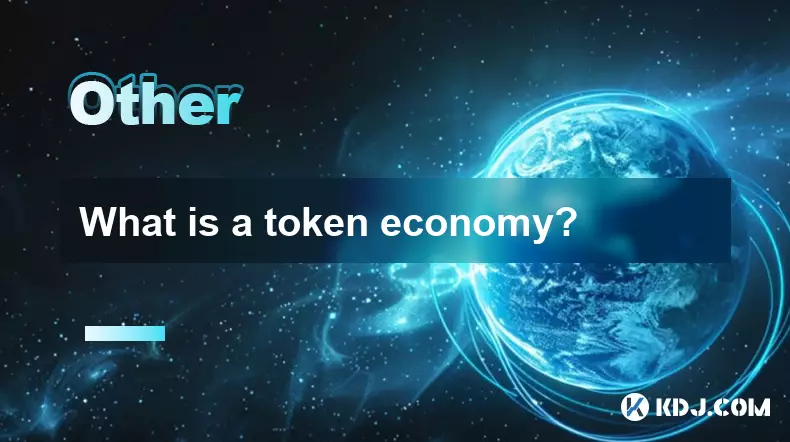
What is a token economy?
Sep 20,2025 at 12:18am
Understanding the Foundations of a Token Economy1. A token economy in the context of cryptocurrency refers to a system where digital tokens are used a...
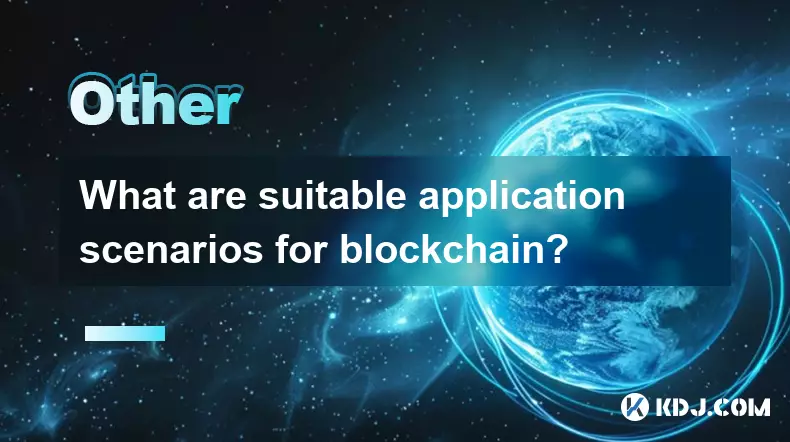
What are suitable application scenarios for blockchain?
Sep 20,2025 at 03:19am
Decentralized Finance (DeFi) Platforms1. Blockchain enables the creation of financial services without centralized intermediaries, allowing users to l...
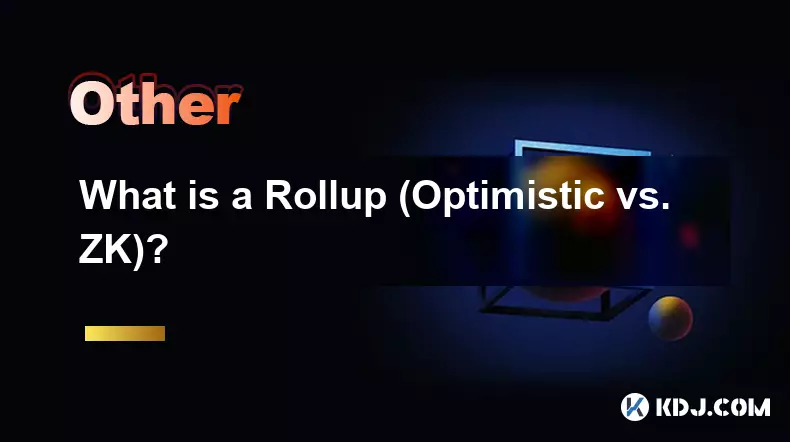
What is a Rollup (Optimistic vs. ZK)?
Sep 22,2025 at 03:00pm
Understanding Rollups in Blockchain Technology1. Rollups are layer-2 scaling solutions designed to increase transaction throughput on blockchains like...
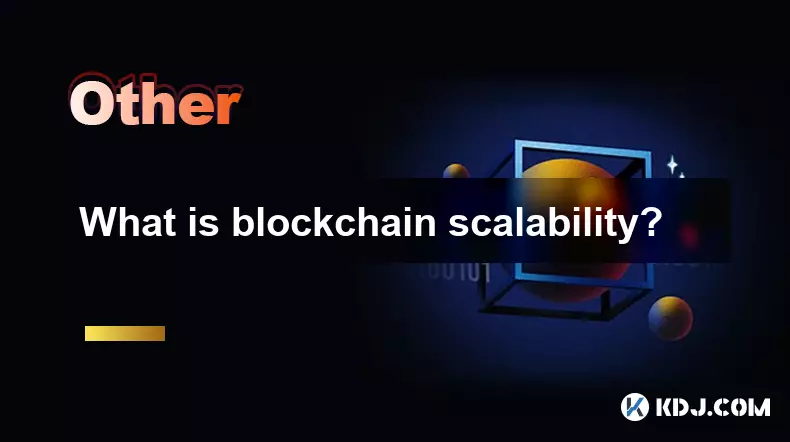
What is blockchain scalability?
Sep 19,2025 at 06:18am
Understanding Blockchain Scalability1. Blockchain scalability refers to a network's ability to handle an increasing number of transactions without com...
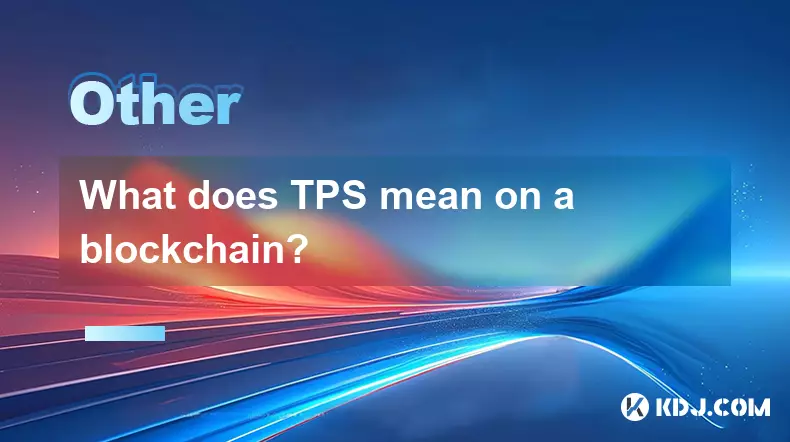
What does TPS mean on a blockchain?
Sep 21,2025 at 09:54am
Understanding TPS in Blockchain Technology1. TPS stands for Transactions Per Second, a metric used to measure the number of transactions a blockchain ...
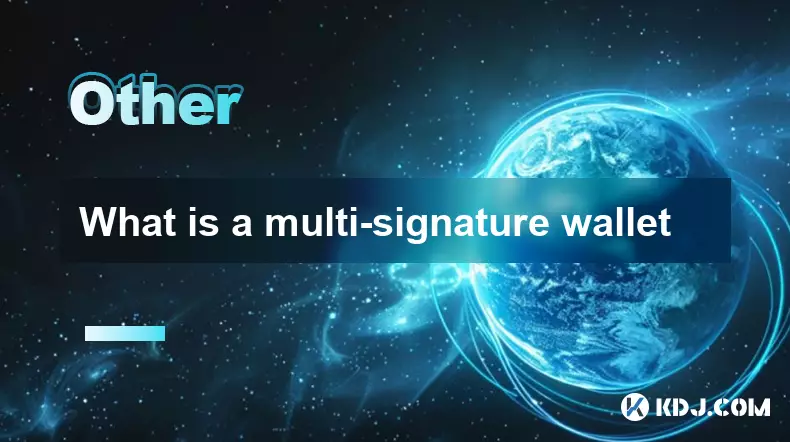
What is a multi-signature wallet
Sep 20,2025 at 07:00am
Understanding Multi-Signature Wallets in Cryptocurrency1. A multi-signature wallet, often referred to as a multisig wallet, is a type of cryptocurrenc...

What is a token economy?
Sep 20,2025 at 12:18am
Understanding the Foundations of a Token Economy1. A token economy in the context of cryptocurrency refers to a system where digital tokens are used a...

What are suitable application scenarios for blockchain?
Sep 20,2025 at 03:19am
Decentralized Finance (DeFi) Platforms1. Blockchain enables the creation of financial services without centralized intermediaries, allowing users to l...

What is a Rollup (Optimistic vs. ZK)?
Sep 22,2025 at 03:00pm
Understanding Rollups in Blockchain Technology1. Rollups are layer-2 scaling solutions designed to increase transaction throughput on blockchains like...

What is blockchain scalability?
Sep 19,2025 at 06:18am
Understanding Blockchain Scalability1. Blockchain scalability refers to a network's ability to handle an increasing number of transactions without com...

What does TPS mean on a blockchain?
Sep 21,2025 at 09:54am
Understanding TPS in Blockchain Technology1. TPS stands for Transactions Per Second, a metric used to measure the number of transactions a blockchain ...

What is a multi-signature wallet
Sep 20,2025 at 07:00am
Understanding Multi-Signature Wallets in Cryptocurrency1. A multi-signature wallet, often referred to as a multisig wallet, is a type of cryptocurrenc...
See all articles


























![[Pycoin] PI Coin -Shocking Listance of Pycoin?! 'Rebellion' This time ... Pay attention to #paikoin [Pycoin] PI Coin -Shocking Listance of Pycoin?! 'Rebellion' This time ... Pay attention to #paikoin](/uploads/2025/09/29/cryptocurrencies-news/videos/pycoin-pi-coin-shocking-listance-pycoin-rebellion-time-pay-attention-paikoin/68da82f23cec1_image_500_375.webp)















































